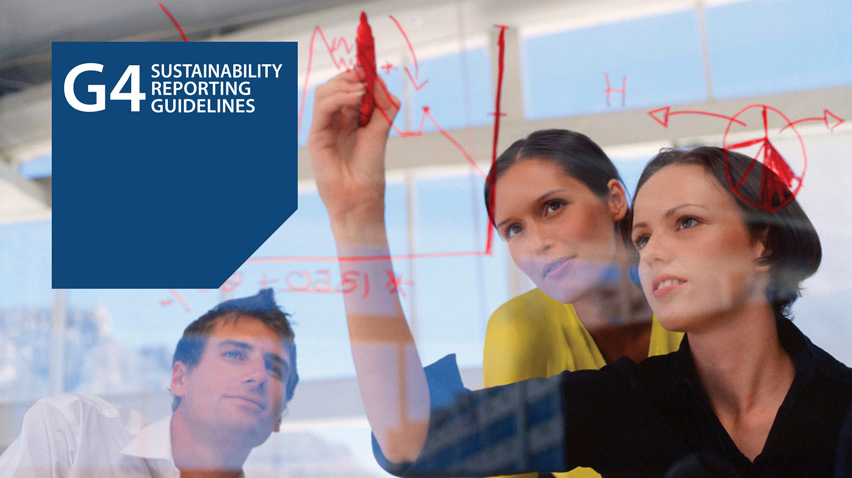Reporting against aspirations
This table represents a selection of global metrics that we track within Shell. It helps us assess our performance as we continue to integrate sustainability across our business. It shows our goals and progress in 2015 and our focus for 2016.
For example, Goal Zero was introduced for personal safety in 2007. Since then, we have broadened the goal to aim for no harm to people and the environment across our business. More information on our performance, definitions of the indicators and the referenced goals are provided under Environmental data and Social and safety data.
Goals, performance and plans for 2016 and beyond
Personal safety
Goals
2015 goal: achieve total recordable case frequency (TRCF) below 1.13 for employees and contractors.
Goal Zero has been our ambition for personal safety since 2007.
Progress in 2015
Priorities in 2016
- Work with contractors in our safety improvement programmes and simplify contracts.
- Support the development and application of common industry safety standards.
Process safety
Goals
2015 goal: achieve a number of operational leaks below 65 (classified as “Operational Process Safety Tier 1 events”).
Since 2011, we have extended our ambition of Goal Zero to process safety.
Progress in 2015
Priorities in 2016
- Strengthen our process safety risk awareness.
- Keep a strong focus on asset integrity and operational discipline.
Environment
Goals
2015 goal: achieve operational spills below a volume of 1.2 (‘000 tonnes) (Classified as “hydrocarbons reaching soil or water”).
Goal Zero also extends to the environment with our goal of no operational spills.
Progress in 2015
Priorities in 2016
- Continue to invest in improving the reliability of our facilities to reduce operational spills.
- Ensure we are effective in learning from spill incidents.
GHG & Energy
Goals
2015 goal: reduce flaring in our upstream business (million tonnes CO2 equivalent).
Our policy is to reduce any continuous flaring or venting to as low a level as reasonably practical.
In 2015, we signed the World Bank Zero Routine Flaring 2030 initiative.
Progress in 2015
Priorities in 2016
- Implement the flaring reduction projects currently underway.
- Work with the World Bank to find solutions to host-government funding for flaring reduction projects.
GHG & Energy
Goals
2015 goal: achieve a refineries energy intensity below 96.3 (based on the Refineries Energy Index).
We aim to achieve top level energy-efficiency performance in our refineries.
Improve energy efficiency to reduce our
greenhouse gas emissions.
Progress in 2015
Priorities in 2016
- Monitor existing energy efficiency projects.
- Share best practice within Shell.
- Continue to focus on reliable and efficient operations.
Social
Goals
2015 goal: improve effectiveness of community feedback.
Since 2012, our community feedback mechanisms (CFM) have been used to address community concerns. We track the effectiveness of CFMs to improve the quality of our reporting.
Progress in 2015
- included noise as a category in relevant monitoring programmes;
- used the data to inform our social investment in Nigeria, to increase the participation of local community groups.
For more information see Working with communities.
Priorities in 2016
- Introduce an online community feedback tool to improve the quality of reporting and tracking of community feedback.
